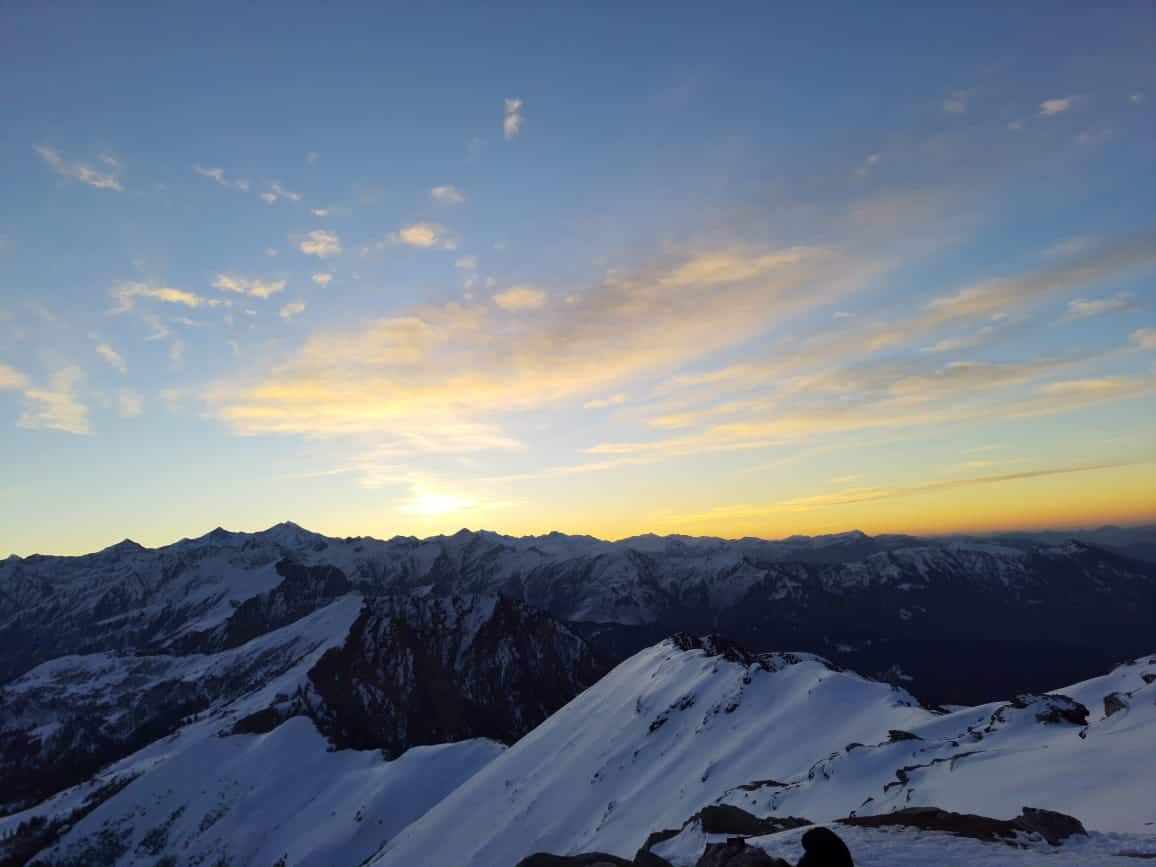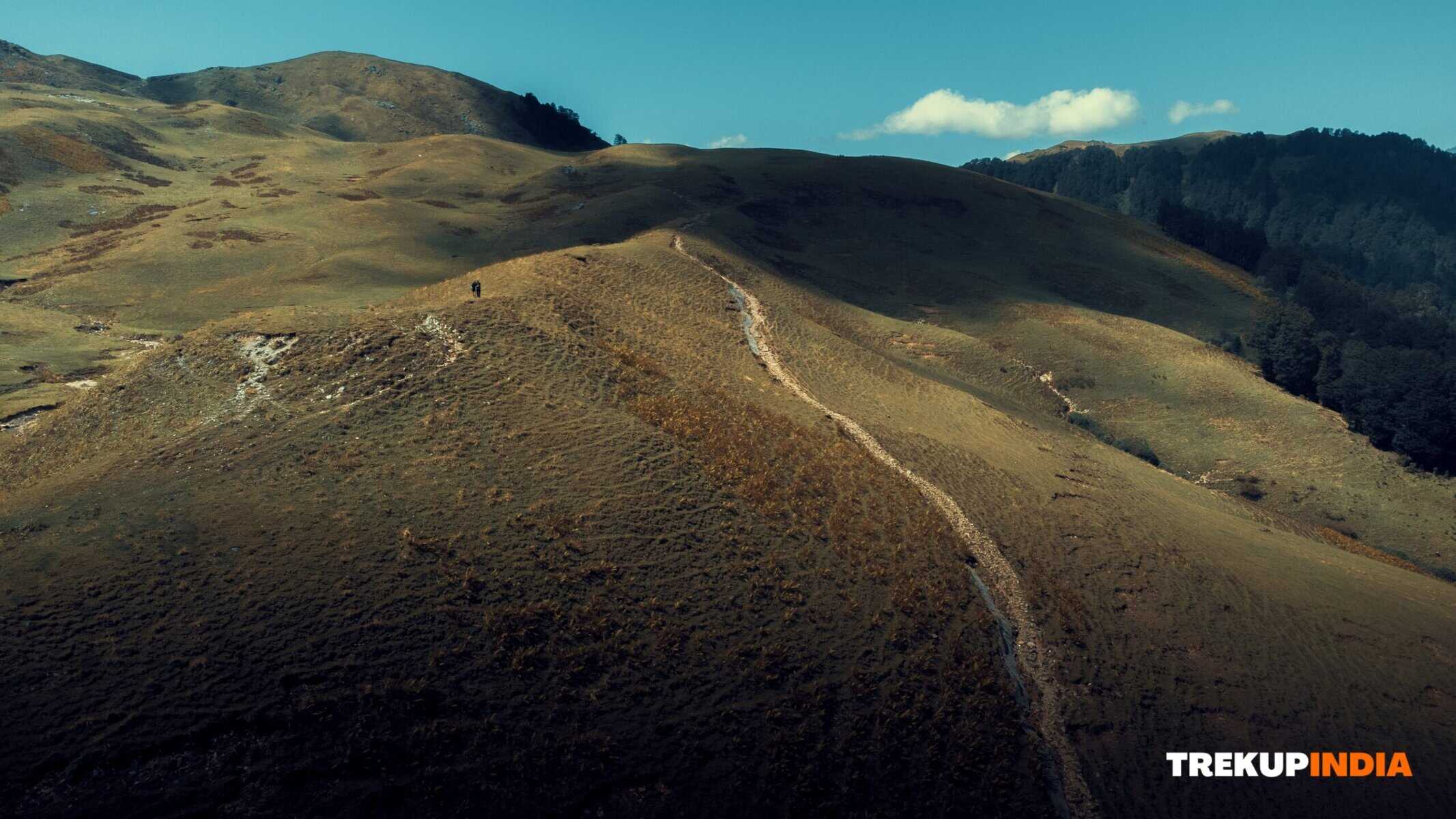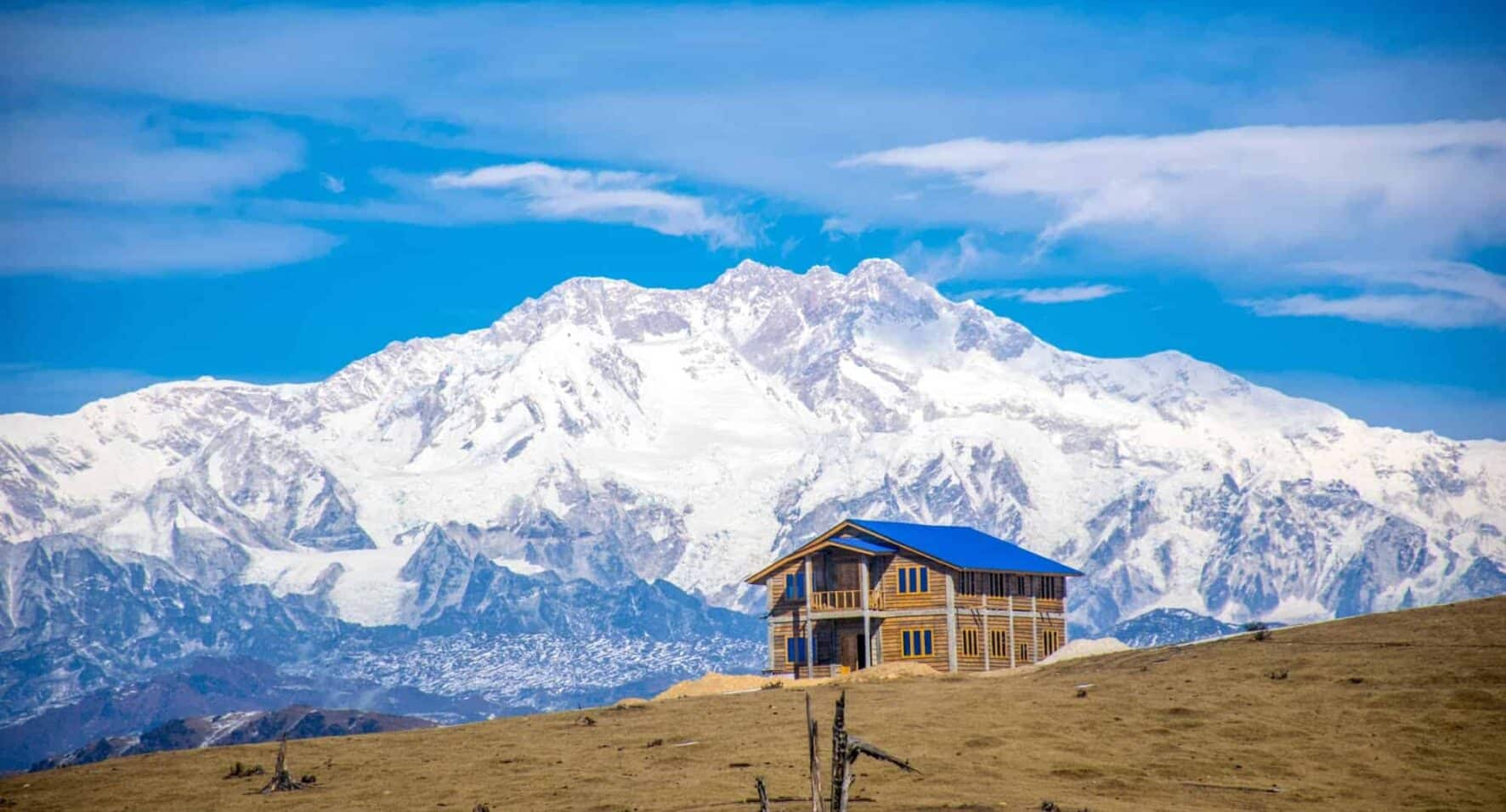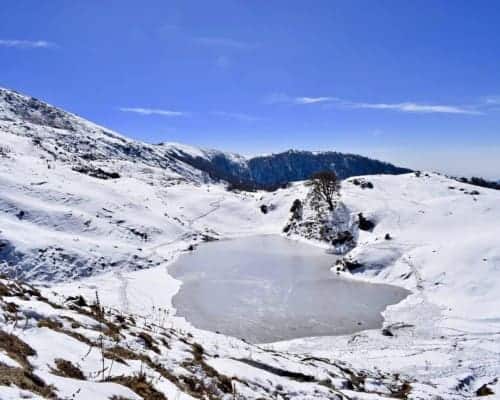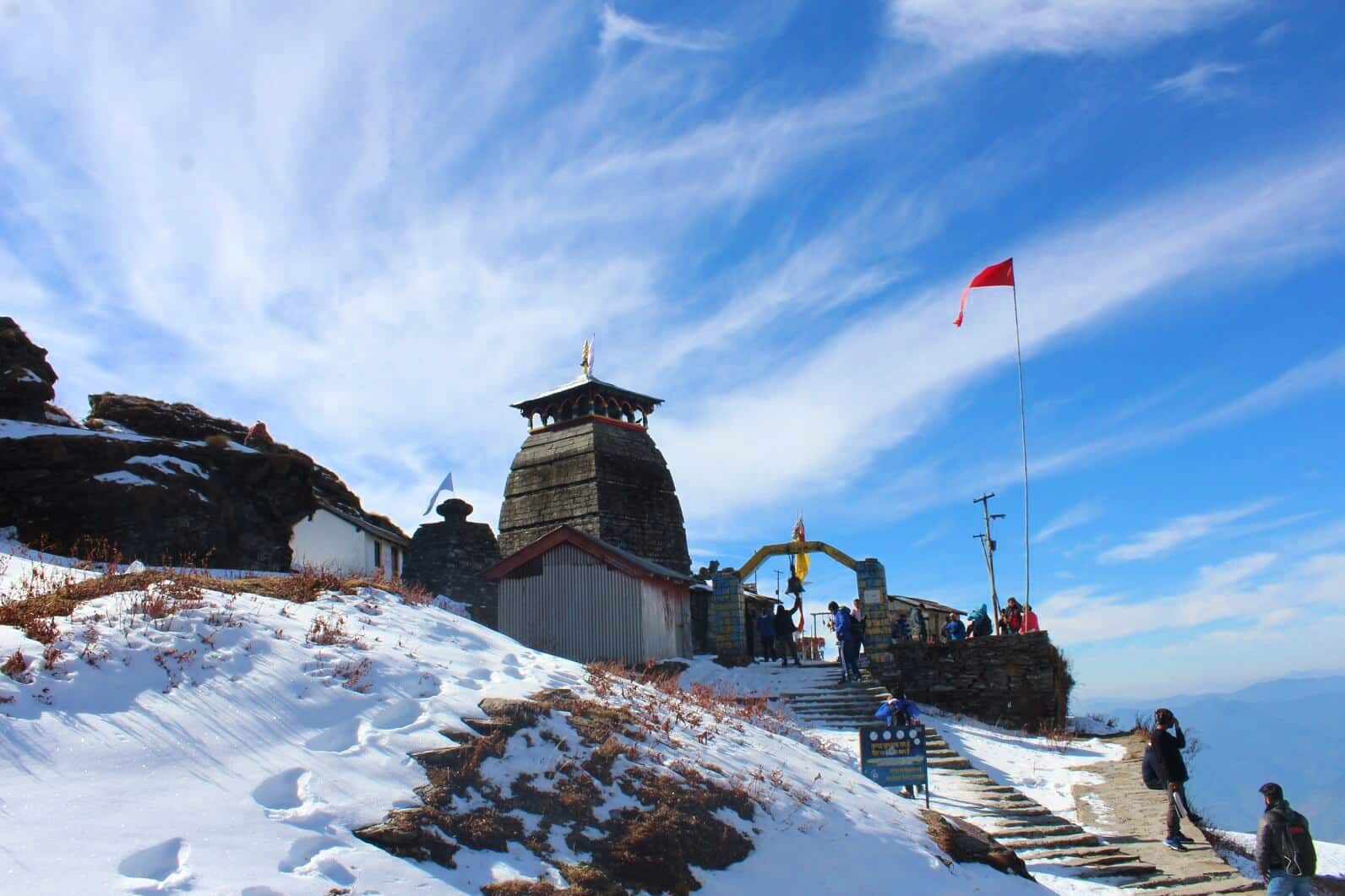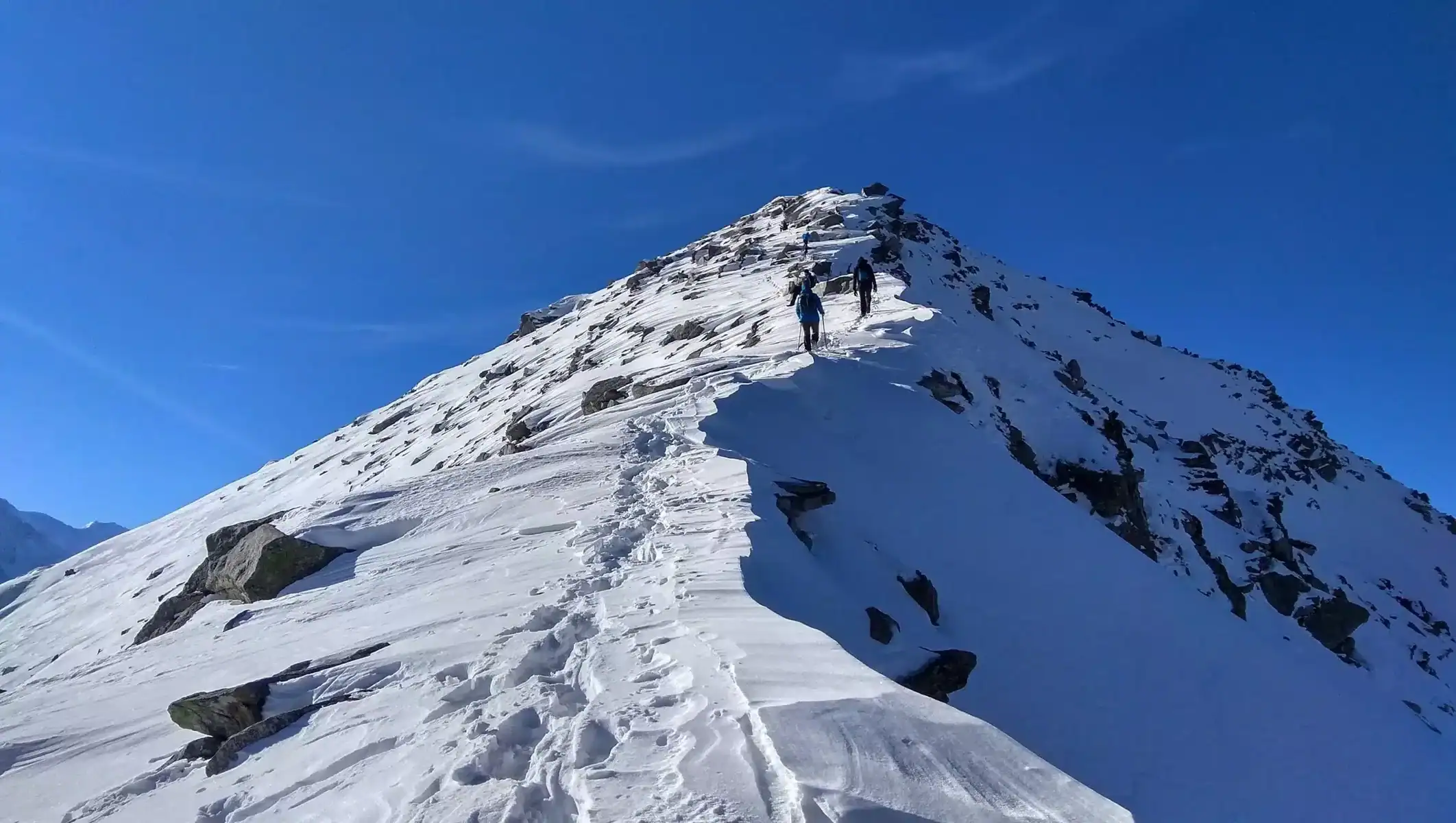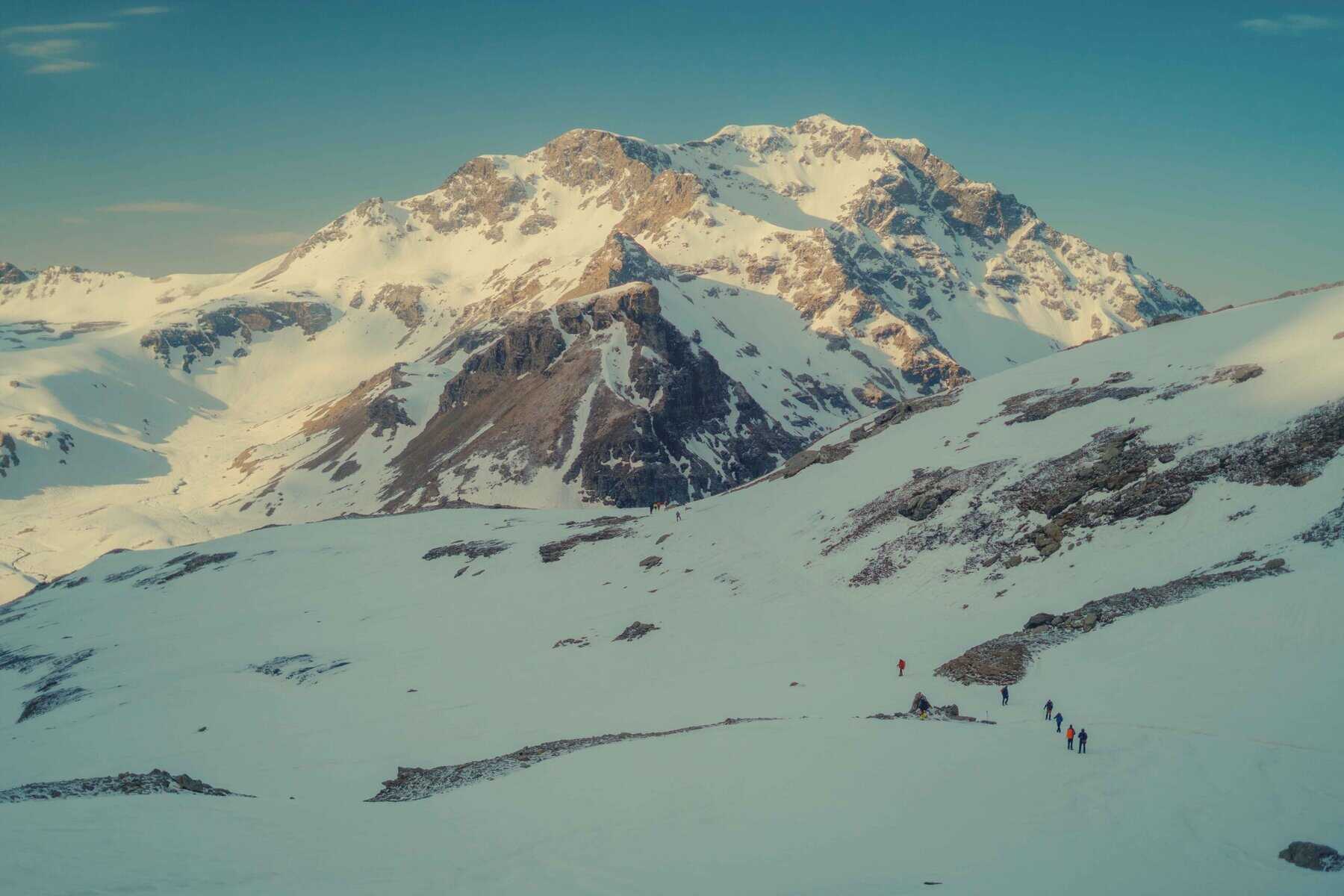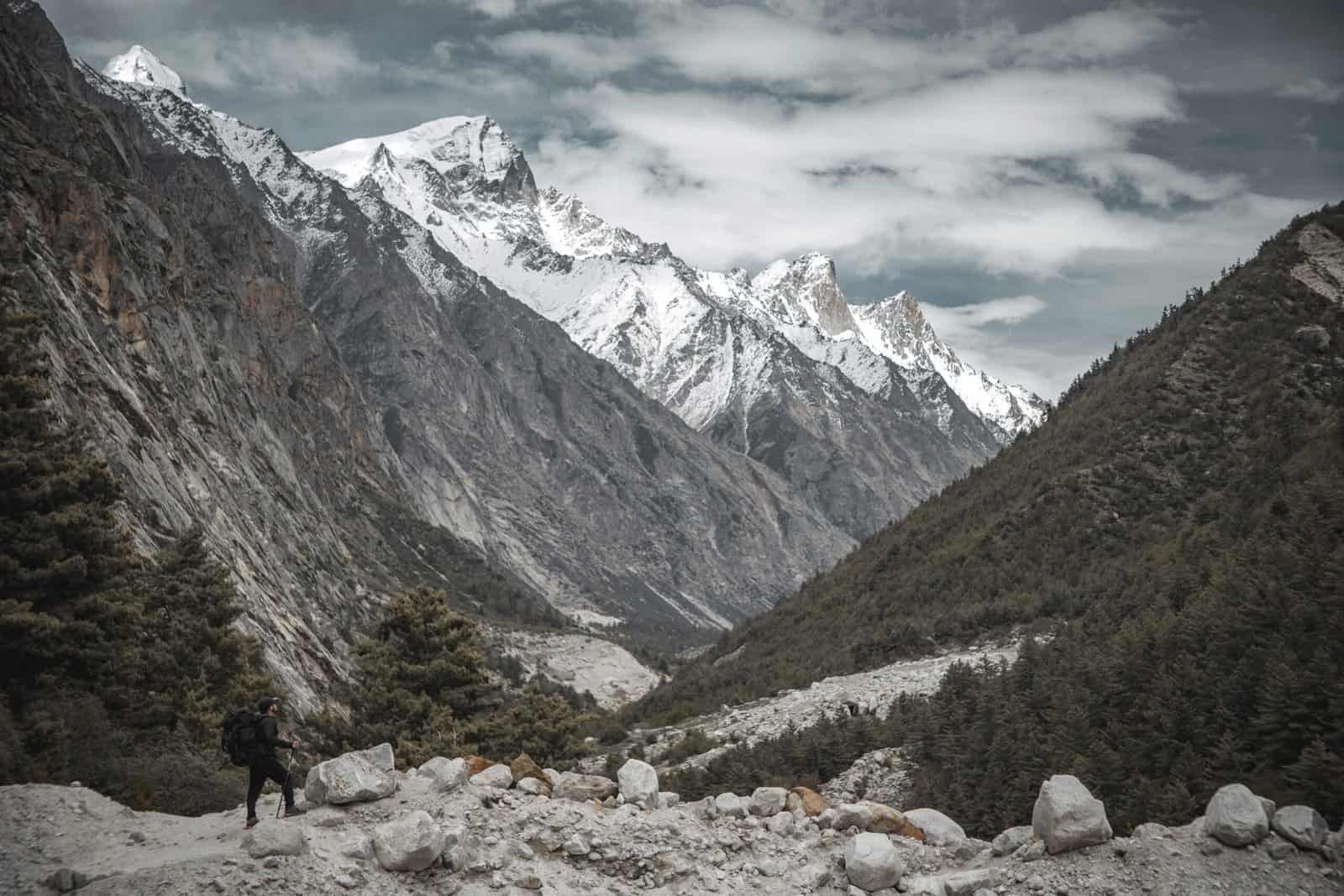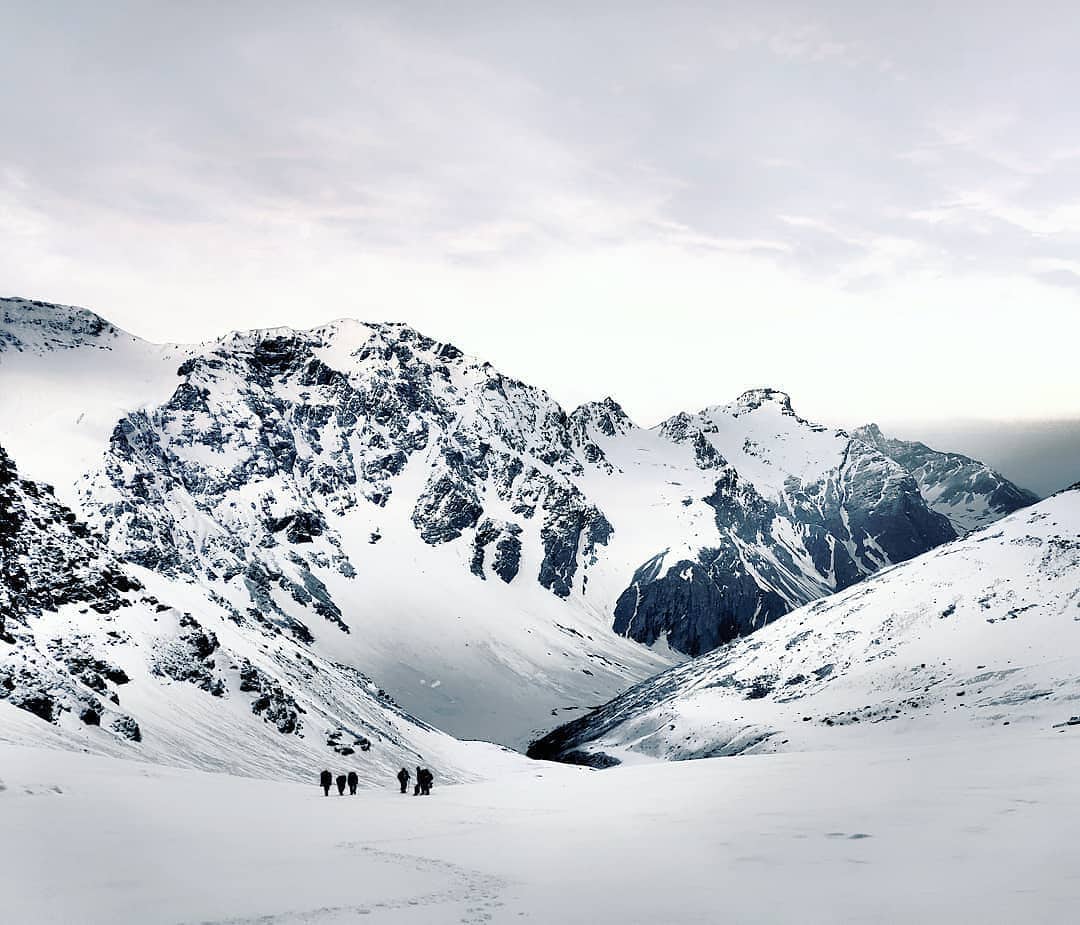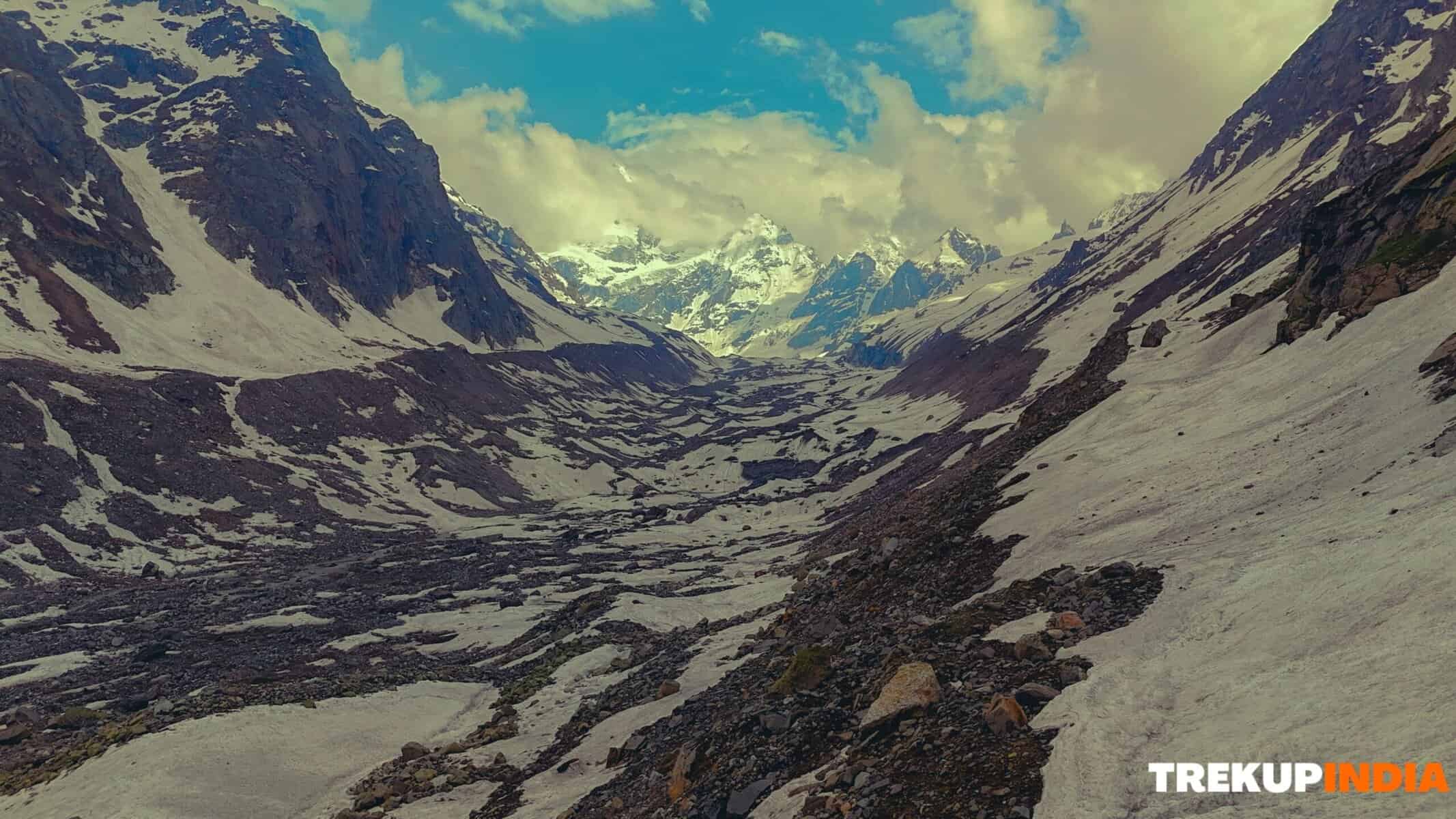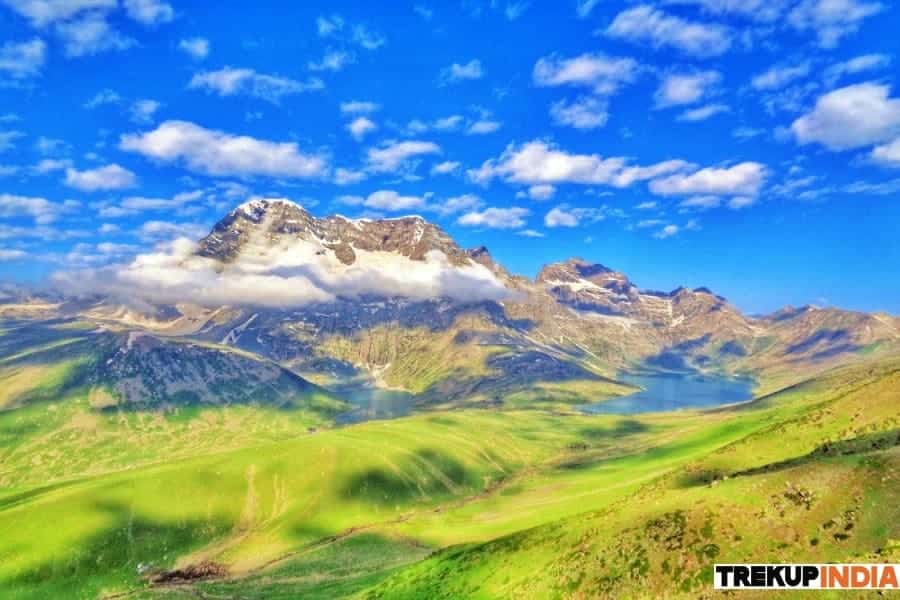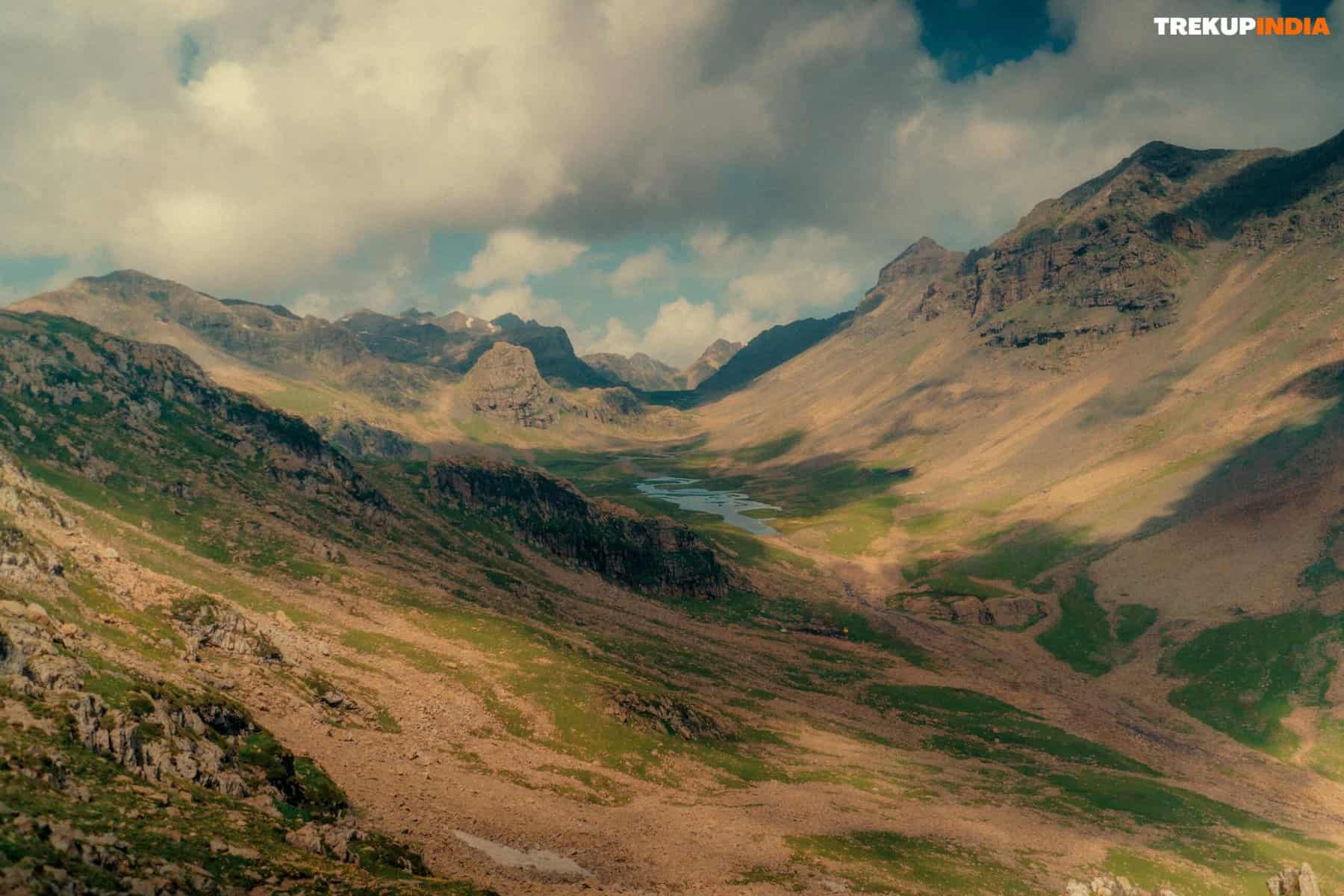Trekking In Himalayas: Tips for First-Time Trekkers
Trek the Himalayas: Essential Tips for First-Time Trekkers
Common Mistakes First-Time Trekkers Make (and What We Learned From Them)
Today, I’m sharing some of the most common mistakes that first-time trekkers often make—missteps that many of us have been guilty of at some point. Looking back, we can laugh at our own experiences, but each one taught us a valuable lesson and helped us grow into more responsible, prepared trekkers.
If you’re new to trekking, this list will help you avoid the blunders we once made and set you up for a smoother, safer, and more enjoyable journey into the mountains.
Let’s dive in—and maybe you’ll recognize a few things to watch out for on your own path!
1. Excess Clothing
Trekking Mistake #1: Overpacking Clothes
One of the most common mistakes first-time trekkers make—especially on Himalayan treks—is carrying far too many clothes. Extra t-shirts, pants, layers, towels, socks, and undergarments quickly add up. This usually stems from the thought:
“What if I need a fresh outfit when I reach the next town or camp?”
This “just in case” mindset results in backpacks that begin light but soon overflow with unnecessary items. Many trekkers end up lugging around excess weight or, worse, offloading their bags midway—missing out on the true spirit of self-reliant trekking.
What You Should Do Instead: Pack Smart, Not More
Stick to the essentials. You’ll be surprised at how well you can manage with a minimalist kit.
Carry a maximum of two spare t-shirts besides the one you’re wearing.
One extra pair of pants or shorts is typically sufficient for most treks.
Replace bulky towels with a lightweight trekking towel or quick-dry cloth.
Good Hygiene Reduces the Need for Extra Clothing
Many fear that wearing the same clothes over multiple days is unhygienic. But in the mountains, staying clean is more about managing sweat, moisture, and body temperature than changing outfits constantly.
Air out your clothes whenever possible.
Maintain basic hygiene with biodegradable wipes or a cloth and water.
Avoid the discomfort and risk of changing into cold clothes after a hike—retain body heat by staying in what you’re already warm in.
Remember, trekking is about efficiency, comfort, and mobility. Packing light keeps you focused on the experience—not on what’s dragging you down.
2. Inappropriate attire can hinder a successful trek.
Trekking Mistake #2: Choosing the Wrong Clothing for Cold Weather
For many first-time trekkers, jeans and bulky jackets seem like a warm and practical option. However, they quickly prove to be one of the most uncomfortable choices in the mountains.
Jeans, for instance, may feel durable and warm but:
They’re heavy and restrictive, making movement difficult on steep or uneven trails.
Once wet, they absorb water and take a very long time to dry, increasing the risk of discomfort and even hypothermia.
Leather jackets or a single thick layer might appear sufficient at first glance. Similarly, many people over-rely on down jackets marketed as “good for -10°C,” assuming that one such layer will be enough in freezing conditions.
Unfortunately, trekkers often realize too late that these solutions fall short in the unpredictable and often extreme weather of the Himalayas.
What You Should Do Instead: Dress in Layers, Not Bulk
The key to staying warm is layering, not piling on thick or heavy clothing.
Depending on the season and altitude, bring three to five light layers rather than one or two heavy ones.
Each layer serves a purpose—base layers wick moisture, insulating layers trap heat, and outer shells protect from wind and water.
This setup is more effective and easier to adjust as the weather changes throughout the day.
Don’t Rely Solely on Gear Ratings
Many sleeping bags claim to handle extremely low temperatures. However, that does not mean you can sleep in a t-shirt at -10°C and remain warm.
Just like with jackets, your body heat is the real source of warmth. A sleeping bag simply insulates and traps that heat. Wearing appropriate layers inside your bag is essential to retain warmth effectively.
Key Takeaway
Disregard exaggerated product claims and focus on practical layering, personal comfort, and realistic expectations. A well-prepared trekker understands that survival in cold conditions depends on body heat, insulation, and flexibility—not on a single “miracle” garment.
3. Not Using Trek Pole
Trekking Mistake #3: Ignoring the Value of a Trekking Pole
Many trekkers choose not to use a trekking pole—and the reasons are often unclear. Is it pride? A belief that trekking poles are only for older people? Or simply a lack of understanding of their true purpose?
Whatever the reason, this mindset needs to be reconsidered. Trekking poles are not a sign of weakness—they’re a smart, efficient tool that can significantly improve your trekking experience.
Why Trekkers Get It Wrong
Some trekkers carry a pole but don’t use it properly. Others assume it’s unnecessary and leave it behind. In either case, they miss out on the genuine benefits it provides and quickly dismiss it as ineffective.
What You Should Do Instead: Use a Trekking Pole—Properly
A trekking pole, when used correctly, can:
Improve balance and stability, especially on uneven terrain
Prevent falls, particularly on slippery or steep sections of trail
Reduce strain on knees and ankles during descents
Distribute your body weight, easing pressure on joints and muscles
Conserve energy—some studies show a trekking pole can reduce energy expenditure by up to 40 percent, which makes a huge difference during long Himalayan climbs
Personally, I’ve avoided multiple injuries on tricky terrain thanks to my trekking pole. It has often made the difference between stumbling and staying upright.
Stop Underestimating the Tool
Even a modest energy saving of 5–10% can be crucial on high-altitude treks. By the end of a long day, that difference determines whether you reach camp with strength to spare or with exhaustion.
It’s time to set aside the misconception that trekking poles are only for the elderly or inexperienced. They’re a tool of the wise, not the weak.
If you’re unsure how to use a trekking pole properly, take the time to learn. You’ll find technique matters—from how you grip the handle to how you plant the pole on different terrain. Proper usage can enhance your efficiency, reduce fatigue, and make your trek significantly more enjoyable.
4. Overpacking Toiletries
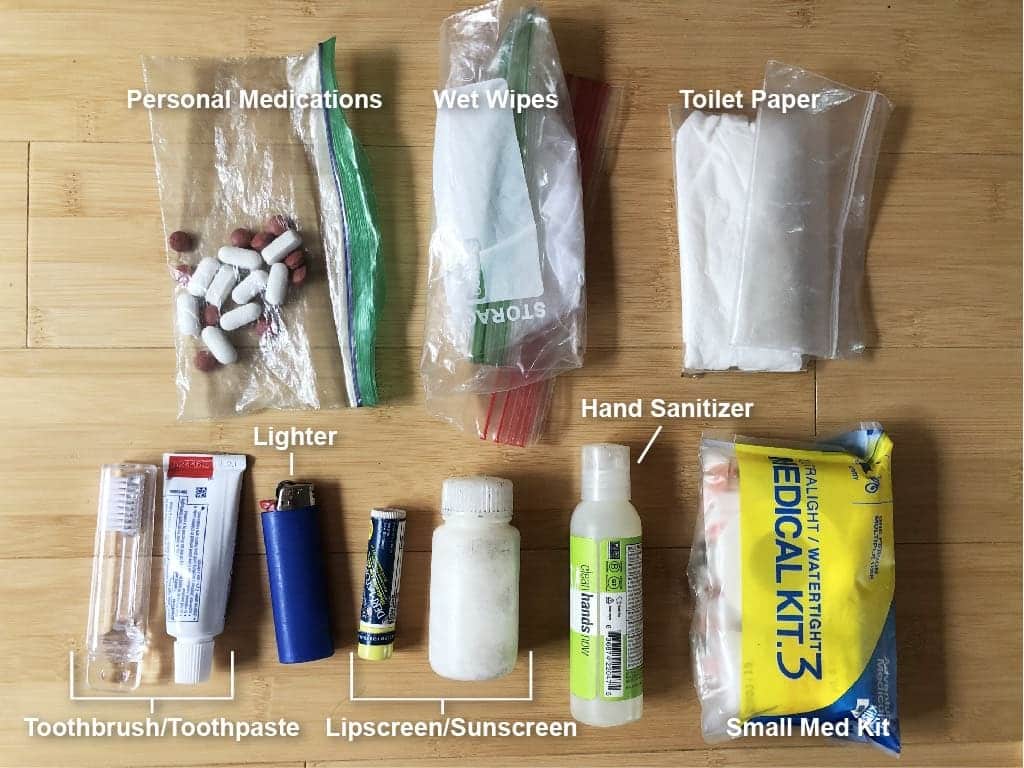
Trekking Mistake #4: Overpacking Toiletries
One of the most overlooked yet common mistakes among first-time trekkers is carrying an excessive number of toiletries. Items like shampoo, conditioner, face wash, moisturizer, deodorant, perfume, large tubes of toothpaste, and full-sized sunscreen may seem essential, but on a trek, they become unnecessary weight and occupy precious space in your backpack.
What You Should Do Instead: Go Compact and Functional
You’ll be surprised how little you truly need in the wilderness. Here are some efficient alternatives:
Liquid soap in a small bottle: Carry a small medicine bottle filled with an all-purpose liquid soap from home. It can serve as body wash, shampoo, and even for washing clothes.
Toothbrush: Bring a basic one, but skip the large tube of toothpaste.
If you’re trekking with a group, share toothpaste to avoid duplication.
Prefer to carry your own? Opt for a travel-sized tube.
Sunscreen: A small tube is sufficient. Choose one that also works as a moisturizer and lip balm—this simplifies your packing and reduces the number of items.
Roll-on deodorant: If you prefer to stay fresh, bring a small, non-aerosol roll-on. It’s light, effective, and won’t disturb others.
Pack Your Medicines Wisely
Another common error is bringing full blister packs of medication “just in case.”
Except for Diamox (which may be required regularly at high altitude), you rarely need more than 3–4 tablets of most common medications (for headache, nausea, indigestion, etc.).
Your personal emergency medication kit should be small enough to fit into a matchbox-sized container.
If you have daily medication, carry only the exact quantity needed, plus one or two extra doses.
The Key Takeaway
When you’re on a trek, every gram matters. Think function over comfort, and efficiency over routine. Toiletries are for basic hygiene—not for beauty routines or indulgence. Smart packing ensures your load is lighter, your bag more organized, and your trek more enjoyable.
5. Purchasing Worng Backpacks

Trekking Mistake #5: Choosing the Wrong Backpack
Many first-time trekkers make the mistake of relying solely on the advice of sales representatives when purchasing a backpack. Without doing their own research, they often walk away with a pack that looks stylish but performs poorly on demanding trails.
These backpacks may appear trendy, but in reality, they are often bulky, poorly designed, and uncomfortable—similar in shape and feel to a potato sack. This not only leads to discomfort and disorganization but can also become a liability on high-altitude treks where performance and fit are critical.
What You Should Do Instead: Learn What Makes a Good Backpack
Before making a purchase, take time to understand the essential features of a functional trekking backpack:
Internal Frame: Offers structure, stability, and even weight distribution, which is crucial for long treks.
Compact Yet Spacious Design: A good trekking backpack should hold all your essentials without being oversized.
Shape Retention: Even when fully packed, your backpack should maintain its form to stay balanced on your back.
Supportive Straps: Look for padded shoulder straps, a load-bearing hip belt, sternum straps, and adjustment points for proper weight distribution.
Make an Informed Purchase
We’ve compiled a comprehensive guide on what to look for in a trekking backpack—covering structure, fit, capacity, and other must-have features. This will help you avoid common mistakes and choose gear that supports your adventure, not hinders it.
Explore Now: [Trekking Backpacks to Buy]
Familiarize Yourself with These Essential Backpack Features Before You Purchase
Share this guide with friends or family members who are preparing for their next trek. The right backpack can be the difference between a comfortable journey and a struggle through every step.
About Author

Preetam Singh Rawat (Founder)
The person behind this trekking organization is someone who’s spent over a decade – 12 years, to be exact – living and breathing the mountains. With multiple high altitude summits under his belt (we’re talking 6000 to 7000 meter peaks), he’s not just experienced – he’s the real deal.
But what really sets him apart is the sheer number of treks he has guided. He has led over 200 Himalayan expeditions, including well known routes like Bali Pass, Buran Ghati, Rupin Pass, Pin Bhabha, Stok Kangri, and Black Peak. Not just once, but multiple times. So yeah, when it comes to the Himalayas, he knows every twist in the trail and every story the mountains have to tell.
Got questions or want to get in touch? Write to Preetam at preetam@trekupindia.com. He’s always happy to chat about treks, answer your questions, or help you prepare for your next big adventure.
Why TrekupIndia?
Since 1993
- Trekup India has been one of the most recommended partners for trekking adventure tourism for more than 29 years. Featuring more than 75 Himalayan treks makes us supreme in the domain.
- We have explored trails like Kedarkantha Trek, Rupin Pass Trek, Borasu pass, Bali Pass, etc.
- Trekup India is India’s Oldest, Safest And direct operation trekking organisation. Trekup India has more trekkers than any other organization. 15,000 plus for 2022
We Are Approved And Certified By :-
- Adventure Tour Operators Association of India (ATOAI)
- Indian Mountaineering Foundation (IMF)
- State Tourism Department
What We Do?
- Trekup India is the most trusted trekking company in India. We also sets safety standards for the entire trekking industry.
- Trekup India is the pioneer of trekking in India. Trekup India has brought most trekking routes, trekking systems and trekking equipment to India for Indian trekking.
Save The Trail
- Trekup India’s Save The Trails program is a favorite among trekkers. Our Save The Trails program has made trails, where Trekup India runs trekking, pristine. Save The Trails is a great way for trekkers to leave our mountains better that we found them.
- Trekup India is a unique trekking company that offers the Trekup India’s Trekkers best experience. These transformative experiences are well-designed and leave an indelible impression on trekkers. These have been around for 29 years.



